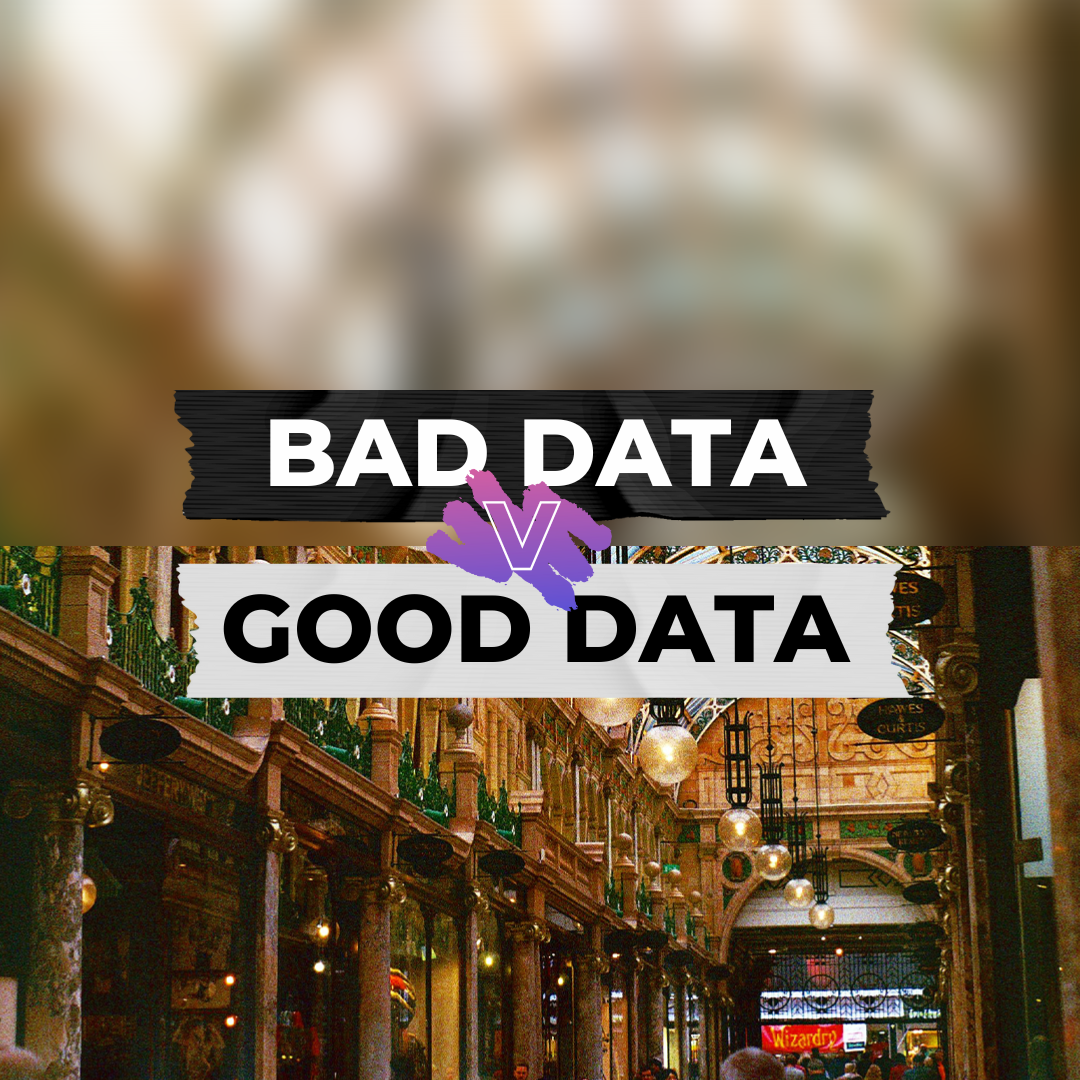As businesses try to gain a competitive edge, they’re turning more and more to data analytics to improve their performance, inform their decision-making and pep up their pipeline.
To make this happen, good, clean data is a must. The effects of it can be felt throughout the entire sales process, from defining and engaging with prospects, through the nurture journey, right through to conversion.
We show you exactly how much of an impact it can have, in five simple ways.
#1: Data informs your decision-making
Want a clear picture of your prospect universe and be able to communicate effectively with them? Then you need top-quality data. It’s particularly important in the world of B2B, where there’s often a limit on the size of the audience that will be relevant to your product.
Using the best quality data possible will help you draw an accurate picture of your prospects’ world – their goals, aspirations, challenges, and pain points. Think of this as the difference between looking at a grainy old photograph next to a 300dpi digital image: the more accurate your data is, the clearer your picture becomes.
Once your target audience has been brought into focus, data then helps you demonstrate exactly how your service will help them achieve their objectives. You can build structured nurture programmes to establish and maintain relationships with the prospect until they become a customer, target them at precisely the right time, and even perform in-depth competitor analysis. Quality data becomes a solid foundation on which you can base and back up your business decisions – from budgets to GDPR compliance.
And to keep your data reliable, make sure it’s regularly reviewed. Data cleansing and verification both improve data quality and provide more accurate and consistent information for your decision-making process.



